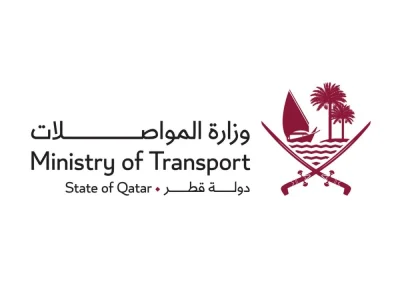By Joel M Sy Egco/Manial Times
President Benigno Aquino has aid a plan to revert to a Cory-era traffic control scheme is among the options considered to address the seemingly hopeless gridlock in Metro Manila’s thoroughfares.
Speaking at the Rizal Technological University in Mandaluyong City, the president said officials are set to present to him different plans on how to ease congestion, among which is a plan to reintroduce the Odd-Even scheme, which was implemented in the early 1990s when his mother, Corazon “Cory” Aquino, was president.
“Different plans on how to ease congestion of vehicles will soon be presented to me. For me, the most radical among the plans is a scheme that would split the number of vehicles on the road–an odd-even scheme that would be implemented each week,” Aquino added.
This radical approach, according to the president, while may be unwelcome to many motorists, will greatly reduce traffic congestion and ease up the flow of vehicles along notorious chokepoints in Metro Manila.
“I’m sure traffic will ease up as half of the vehicles will be off the road, but I’m also sure that many will resist because they won’t be able to use their vehicles,” he said, adding that such opposition by some sectors are expected “limitations” to the plan.
Communications Secretary Herminio Coloma Jr said the president has directed Cabinet Secretary Jose Rene Almendras to hold consultations with various stakeholders on the government’s traffic management plan.
A study conducted by the Japan International Co-operation Agency (JICA) in 2014 warned that the government can lose up to P6bn a day by 2030 if the traffic congestion will not be addressed.
Transportation Secretary Joseph Emilio Abaya recently drew flak–but later apologised– for calling the Metro Manila traffic situation as “not fatal.”
The horrendous jam also prompted calls for Metropolitan Manila Development Authority (MMDA) chairman Francis Tolentino’s resignation.
The odd-even scheme was first implemented in 1990 as a radical solution to traffic congestion when Oscar Orbos was appointed Transportation secretary vice Rainerio Reyes who drew heavy fire for the same problem that the Department of Transportation and Communications (DOTC) is facing today. The scheme–coupled with the introduction of Yellow Bus Lanes along EDSA–was however half-successful. A former transport industry stalwart at the time told The Manila Times that Orbos’ failure to solve the traffic problem prompted Malacanang to save him from public condemnation by moving him to the Palace as executive secretary. Orbos– who was then being primed to run for higher office in 1992–was eventually sacked from the first Aquino administration.
Incidentally, Coloma was Orbos’ undersecretary at the DOTC before he was also moved to Malacanang to head the Presidential Management Staff.
The odd-even scheme was modified several times over during the Ramos administration until the traffic control system at present–the Unified Vehicular Volume Reduction Programme (UVVRP), better known as the “number coding” scheme–was adopted by the MMDA in 1996.
Under this scheme, both public and private vehicles are banned between 7am and 7pm. The MMDA temporarily suspended the UVVRP in early 2003 but the resulting mayhem forced authorities to reintroduce the scheme.
President Aquino noted how most Filipinos supposedly refuse to be part of the solution to the traffic congestion
“That’s what we’re facing today. In solving flooding and in building infrastructure and even in putting order to traffic, the prevailing mindset is: ‘We’re okay with the solution provided we don’t get inconvenienced when it gets implemented,” Aquino said.



